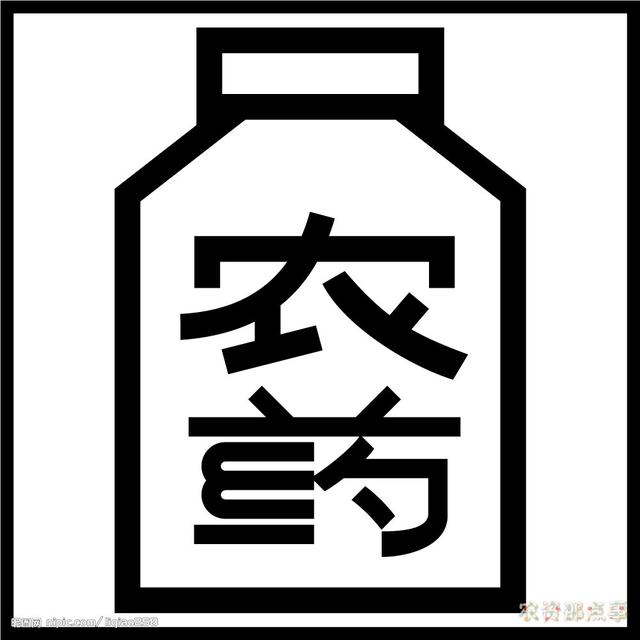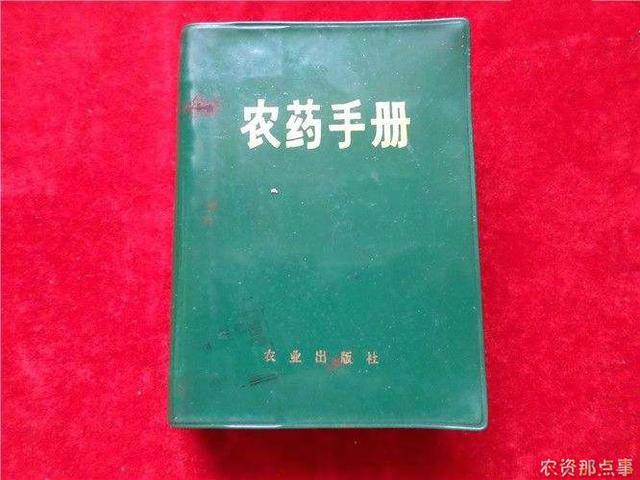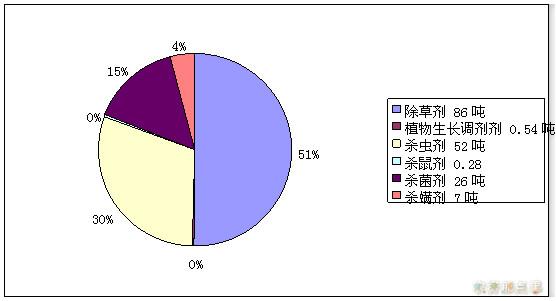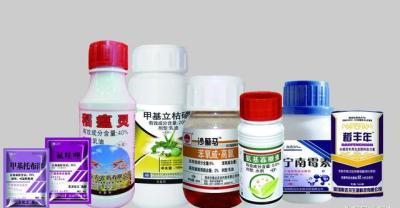Pesticide classification and pesticide knowledge you don't know
Pesticides are used to prevent, eliminate, or control diseases, insects, grasses and other pests harmful to agriculture and forestry, and purposefully regulate, control and affect the metabolism, growth, development and reproduction of plants and pests. Chemical synthesis or a mixture of one or several substances produced by biology, other natural products and the application of biotechnology.
Today, with the continuous improvement of people's requirements for environmental quality, the requirements for pesticides are becoming more and more stringent, at the same time, it also promotes the rapid development of leaf pesticides. Under the premise of protecting human health and ecological balance, beneficial organisms can be effectively protected and pests can be better controlled so as to promote the sustainable development of modern agriculture. Substances with special functions used in this process are collectively referred to as "pesticides".

I. Classification according to raw materials
① inorganic pesticides are mainly made from natural minerals. Common are lime, sulfur, aluminum phosphide, copper sulfate and so on.
② organic pesticides are mainly composed of carbon and hydrogen elements. According to its sources and properties, it can also be divided into botanical pesticides (pyrethrum, azadirachtin, etc.), mineral oil pesticides (petroleum emulsions, etc.), microbial pesticides (Bacillus thuringiensis, agricultural antibiotics, etc.) and synthetic organic pesticides.
Second, classify according to use
① insecticides ② acaricides ③ fungicides ④ nematodes ⑤ herbicides ⑥ rodenticide ⑦ plant growth regulators
Third, classify according to the mode of action
(I) insecticides
① stomach poison ② contact killer ③ fumigant ④ internal inhalant ⑤ antifeedant ⑥ repellent ⑦ attractant
(2) Fungicides
① protective fungicide ② therapeutic fungicide ③ eradication fungicide
(3) herbicides
① delivery herbicide ② contact herbicide ③ selective herbicide ④ sterilizing herbicide

The following principles must be followed when using pesticides and should not be used blindly. ① according to the prevention and control object, select the appropriate pesticide ② according to the occurrence of the control object, determine the appropriate time ③ to master the appropriate concentration, to achieve timely and appropriate amount of drug use ④ according to the characteristics of selected drugs, choose the appropriate use method.
Pesticides should not be used under the weather conditions of strong wind, rain, high temperature and high humidity, otherwise it will reduce the efficacy, increase the chance of environmental pollution and drug damage. If pesticides are used in the rainy season, internal absorption and quick-acting pesticides should be chosen, or the mode of use should be changed (from spray to root irrigation).
The duration of organophosphorus pesticides is relatively short (7-10 days), and the use of organophosphorus pesticides is large, which is easy to cause drug resistance.
The main advantage of pyrethroid pesticides is low usage, and the main disadvantage is that it is easy to produce drug resistance.
Pyrethroid insecticides are characterized by high efficiency, broad spectrum, low toxicity and low residue; the disadvantage is that most of them have no internal absorption and fumigation and are easy to produce drug resistance.
Bombyx mori toxins (Shachongshuang, Shongdan) belong to nerve agents; broad spectrum; contact, stomach toxicity and fumigation; low toxicity and low residue
Avermectin insecticides have the characteristics of high efficiency, broad spectrum, long duration, safety to natural enemies, resistance to pests, easy degradation, no residue, no drug damage to crops and so on.

Pay attention to the wave, every day there will be different knowledge of agriculture, rural areas and farmers to communicate and learn from each other.
- Prev

Pesticide real name system! Be careful of buying pesticides indiscriminately
When we sell vegetables in the vegetable market, we always hear this and that news, "this dish grows so well, it must have been hit with a lot of pesticides, and you can't buy it."
- Next

"refute the rumor" the white frost on the grape is fruit powder, not pesticide!
In the past two days, the editor is always fond of walking around the supermarket market and looking for delicious food. After a trial, the editor finally found the best taste of Hao Dong.
Related
- Fuxing push coffee new agricultural production and marketing class: lack of small-scale processing plants
- Jujube rice field leisure farm deep ploughing Yilan for five years to create a space for organic food and play
- Nongyu Farm-A trial of organic papaya for brave women with advanced technology
- Four points for attention in the prevention and control of diseases and insect pests of edible fungi
- How to add nutrient solution to Edible Fungi
- Is there any good way to control edible fungus mites?
- Open Inoculation Technology of Edible Fungi
- Is there any clever way to use fertilizer for edible fungus in winter?
- What agents are used to kill the pathogens of edible fungi in the mushroom shed?
- Rapid drying of Edible Fungi

